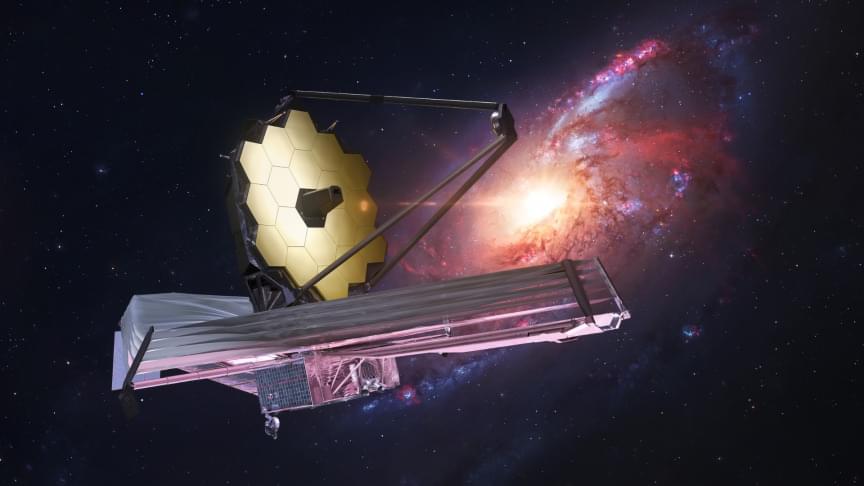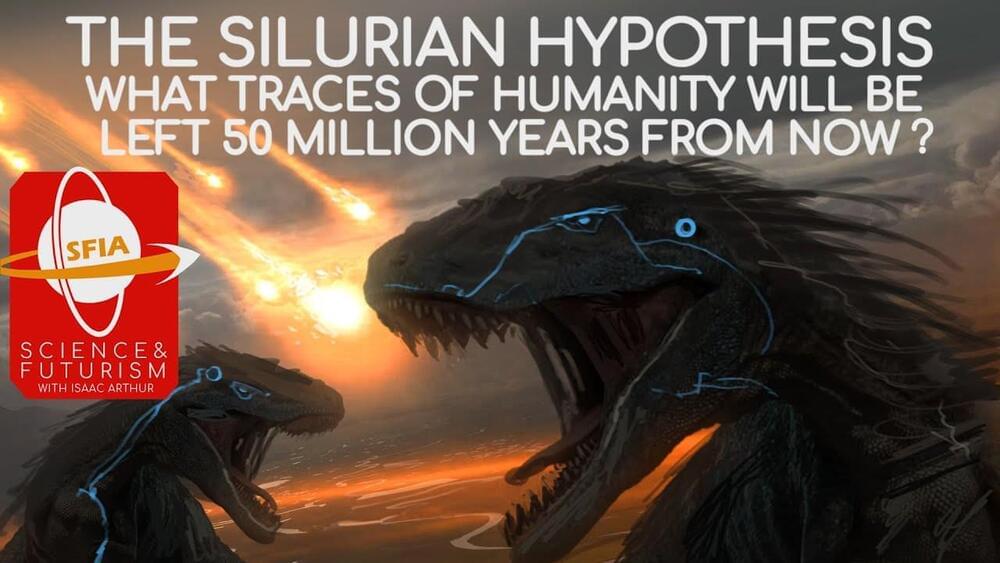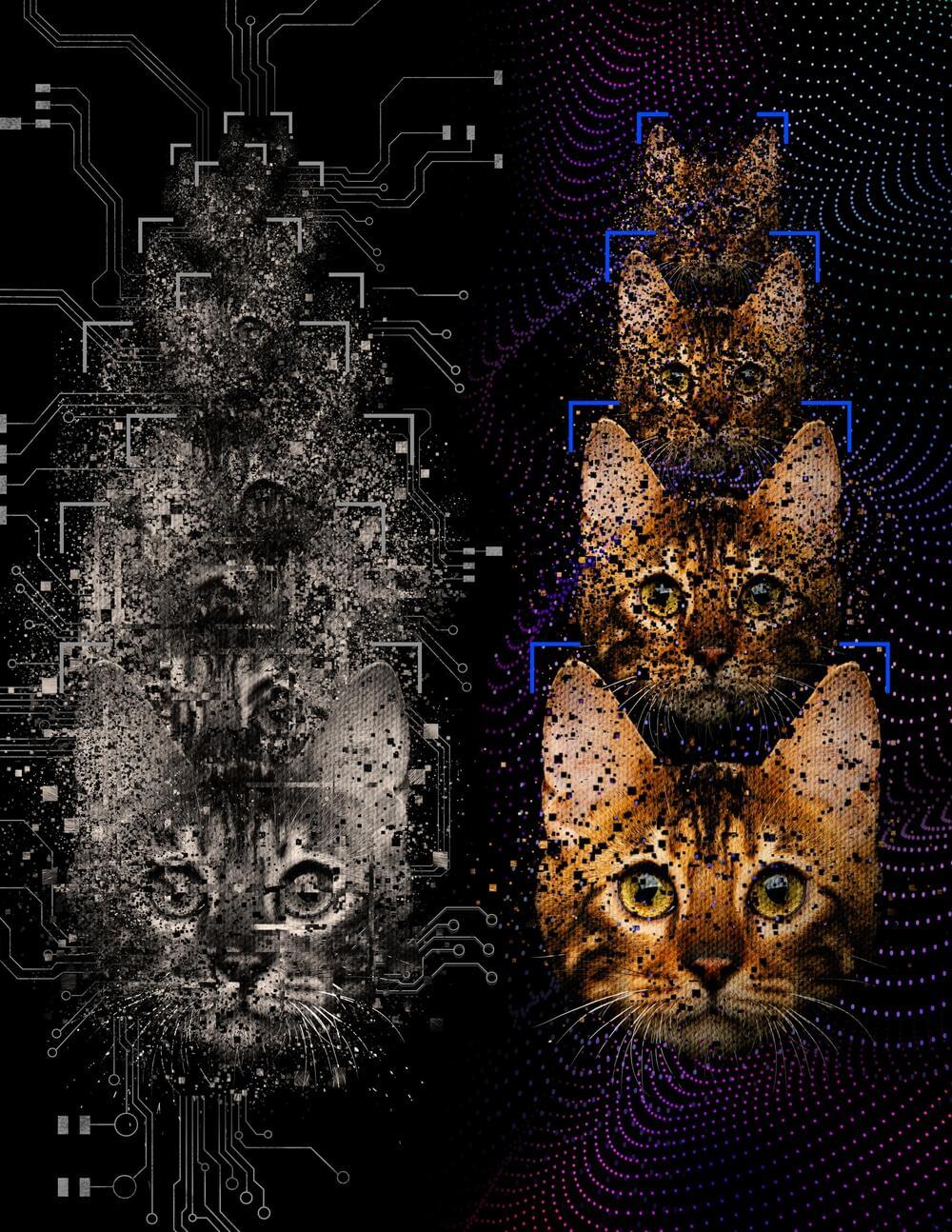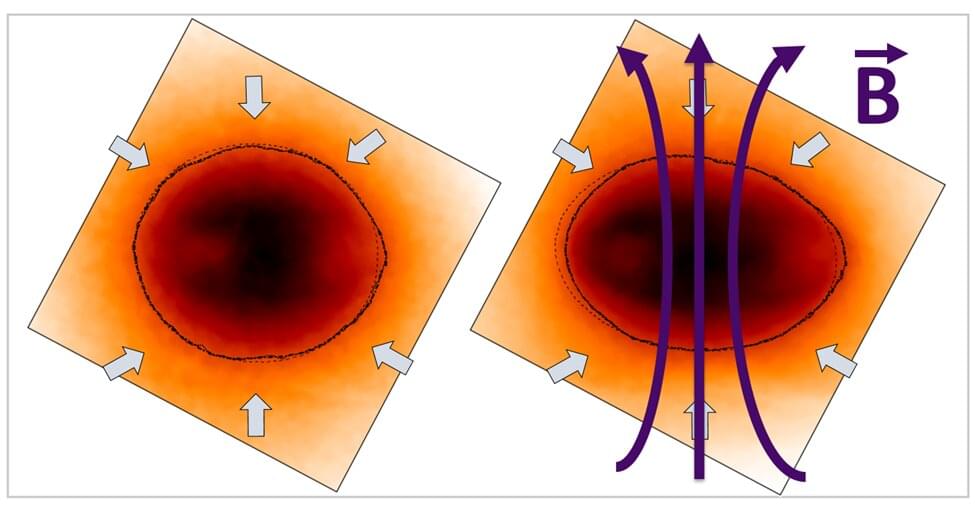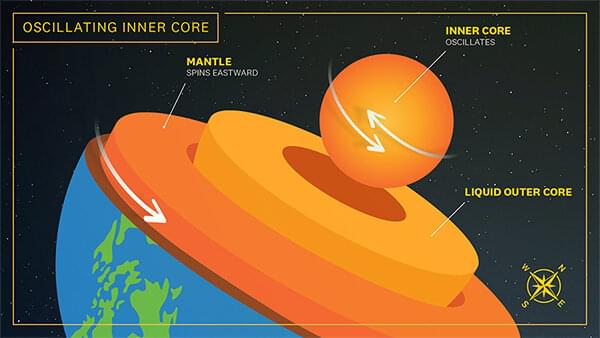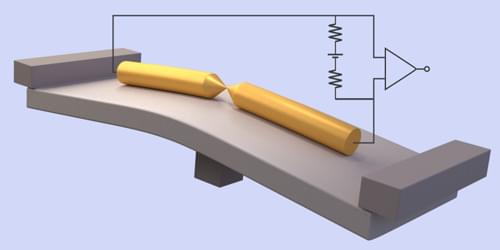Jun 12, 2022
James Webb Space Telescope hit by a micrometeoroid, larger than what NASA had anticipated
Posted by Shubham Ghosh Roy in category: space
The James Webb Space Telescope dima_zel/ iStock
Between May 23 and 25, the James Webb Space Telescope (JWST) was hit by a micrometeoroid that has impacted one of its primary mirror segments, NASA said in a recent update on its website. The telescope continues to function at levels exceeding mission requirements.
A meteoroid is a fragment of an asteroid and can be either large or small. A micrometeoroid, though, is a microscopic fragment of a meteoroid and is smaller than a grain of sand. NASA estimates that millions of meteoroids and micrometeoroids strike the Earth’s atmosphere every day but most burn up due to the friction.
